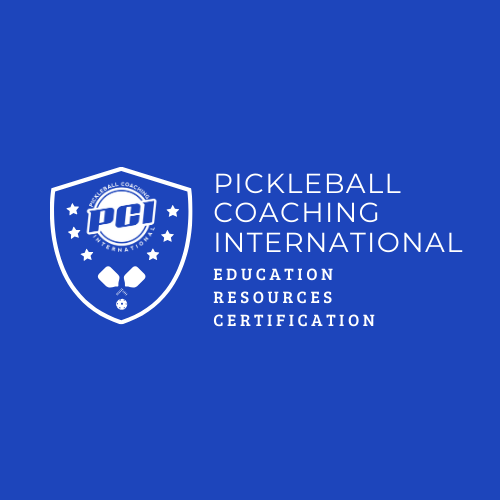Let’s think about he tactics behind the drop for a second. When it gets hit, one team (usually the returning team) is at the net and the player or team hitting the drop is not. The net team is threatening to pounce on anything that is high, so the dropping team is under considerable pressure.
If a team elects to play a drop it’s likely because they have assessed that a drive won’t work — that it will either fly long or be attacked by the net team. Same goes for lobs. So the drop really is the last option, that the net team has forced upon the hitting team because of their position at the net.
So even before the drop gets hit, we could reasonably assess that the hitting team is in a weaker position than the non-hitting team.
Ok. let move on and assume the drop gets hit. Well, if it is too low or too slow, it’s in the net and the hitting team loses the rally right away. And if it is too high or too fast, it is likely to get pounded. The drop really has to be precisely hit if it won’t end in disaster. Again, the pressure the hitting team is under suggests that in this dynamic, drops come from a defensive place.
But what if the drop is perfectly hit? What if it sent at the ideal speed and height? Maybe that makes it offensive?
A drop, by definition, is a low and relatively slow shot. It has to be if it is going to do its job of forcing an upward swing from the players at the net. But the fact that it is a slow shot means the opponents have a fair bit of time to set up and prepare for the ball. Even if the ball is hit near a sideline or between the players, it usually takes so long to arrive that the net team has all the time they need to get in position for it. The necessary slowness of the drop pushes back against the idea that it is an offensive shot.
So what can make the case for a drop being a shot meant to cause trouble? One argument is that good drops are low. If a person receiving this low ball gets too excited or doesn’t give it the respect it deserves, they are likely to send it back with too much speed and pop it up. And we see this pretty regularly at the intermediate level. Someone gets a ball near their feet, panics a little and sends up a sitter.
But as you go up in level, players are less likely to get flustered just because a ball is low. In high level pickleball, most of the balls are low. Players spend all day hitting balls that are landing near their feet. And because it is so commonplace, it becomes less tricky to deal with.
Another factor we might consider in the argument for the offensiveness of a drop is spin. As paddle technology evolves, we’re seeing players use more and more spin on their drops. Sometimes it is backspin, but it is also topspin and sidespin too.
Hitting drops with spin can make handling the rebound a little tougher, since the spin can create a different bounce compared to a flat ball. In the case of topspin especially, not only does the ball rebound a bit faster to the opponent, the spin also helps the ball dip down sooner, allowing players to hit with a little more speed and still force that ever-important upward hit.
And if players aren’t attentive to the spin, it can indeed cause them to misfire when playing their next shot. I think that when spin is present on a good drop it moves it closer to the idea of being an offensive shot, but I’m not convinced it takes it all the way across the finish line.













